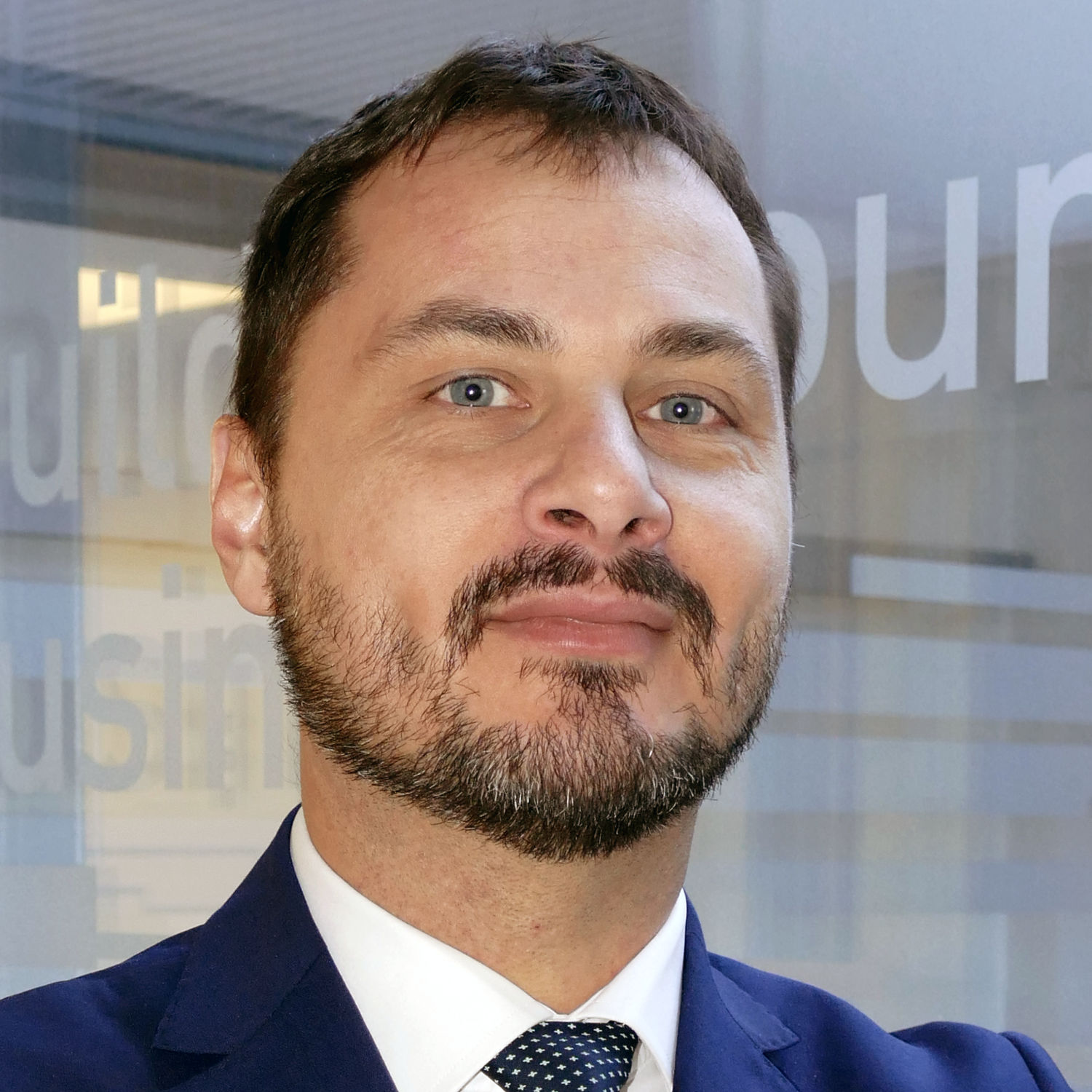Enterprise Spa

- Viale Egeo 55/57
- 00144 Roma RM
- IT
Enterprise. The four approaches to modernization
Releasing existing applications on another infrastructure, migrating to new platforms, reengineering applications, and finally completely rewriting the code: these are the four ways to achieve application modernization in the bank
 The banking services industry will face incredibly significant changes in the coming years, underpinned by a variety of situations: such as the post-pandemic rearrangement of the financial services demand and supply paradigm and, at the same time, the contingent exhaustion of the natural life cycle of platforms and software solutions that have served their purpose well for several decades. The main macro-trends associated with these renewal thrusts, which in their broad meaning encompass the implementation of multiple sub-initiatives, can take on the definitions of application modernization and cloud migration.
The banking services industry will face incredibly significant changes in the coming years, underpinned by a variety of situations: such as the post-pandemic rearrangement of the financial services demand and supply paradigm and, at the same time, the contingent exhaustion of the natural life cycle of platforms and software solutions that have served their purpose well for several decades. The main macro-trends associated with these renewal thrusts, which in their broad meaning encompass the implementation of multiple sub-initiatives, can take on the definitions of application modernization and cloud migration.
The needs of business and those of IT
These trends are triggered and directed by both business and IT needs. Among the former we can list business requirements that are no longer met by applications, as well as the inadequacy of applications to address new opportunities or otherwise provide the flexibility needed to keep up with changes gradually emerging from the market (open banking, digitization, instant transactional models, automation at different levels). On the other hand, in the list of IT needs, we can certainly include the excessive cost of adapting and maintaining applications to the succession of technical and banking regulations, as well as the increasing complexity of the application architecture, layered over the years and not oriented to scalability logics, which has often evidently reached a physiological outgrowth, as mentioned in the introduction. Last but not least, the risk strictly related to the loss of technical skills with respect to outdated languages, concerning internal as well as external collaborators, given the natural turnover dictated by reaching age thresholds.
Different roads to achieve modernization
The main approaches to modernization, which somewhat reductively but certainly in favor of a plastic conceptualization we might say hierarchically ordered from most immediate to most comprehensive, are:
- redeploy, which involves releasing the same application (when possible) to another physical, virtual or cloud infrastructure;
- replatform, focused on migrating the application to a different runtime platform or database, with minimal code intervention;
- refactor, based on reengineering the application, by overcoming some technically limiting aspects through partial code transformation;
- rewrite, which involves the complete rewriting of code, through the use of modern programming languages, possibly adopting a like-for-like methodology.
What matters is evaluating the goal
There is no absolute valid modernization strategy for all seasons. With respect to the starting context and certain preconditions, some approaches may not even be directly feasible. The main factors that may discriminate their choice lie in the scope of the purposes to be achieved and the technical specificity of the applications to be modernized. The alternative to any of the four previous approaches is application replacement, but this must consider the significant impact represented by the mapping and development of requirements, more or less custom, previously met by the applications that are to be decommissioned.
The impacts of the strategies
With respect to the theme of purpose, different modernization strategies have different repercussions on the technological, architectural and functional levels. Redeploy and replatform approaches affect only the technological sphere and can solve problems related to the use of previously adopted technology. The refactor acts at both the technological and architectural levels, enabling issues related to these two areas to be overcome. Lastly, rewrite is, of course, the most advanced way of addressing the problem and allows to benefit from significant improvements on all three planes, introducing evolutions also at the functional level, ensuring reduced timeframes for go-to-market of new products and allowing maximum flexibility for integration with end-customer channels.
The rewriting of the Pr.E.M.I.A. platform
For some years now we have been tackling a research and development project in which we have chosen to handle the issue of modernizing our core applications through the most complex and comprehensive methodology: that of rewrite. The choice made can be explained by several factors, chief among them the desire to employ a strong investment on a strategic rather than tactical plan, which by the end of next year will lead us to the complete rewriting of more than 90 percent of the modules of our Pr.E.M.I.A. platform. The rewrite approach is guiding us to the achievement of a double goal: on the one hand, the portability of modules to any open and scalable server architecture, with various deployment possibilities (on premises, private cloud or hybrid cloud); on the other hand, the opportunity to extend the functional coverage previously achieved by the homologous legacy module, introducing new functionalities and enriching pre-existing ones with additional features.
Stefano Trinci,
Head of Marketing at Enterprise SpA
